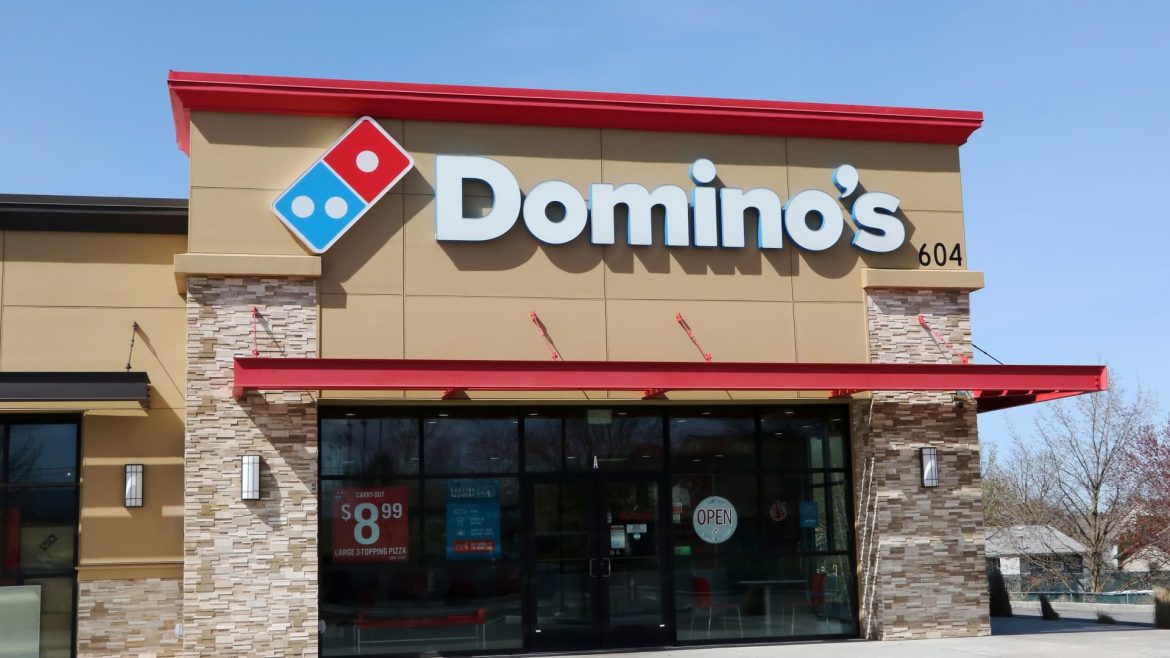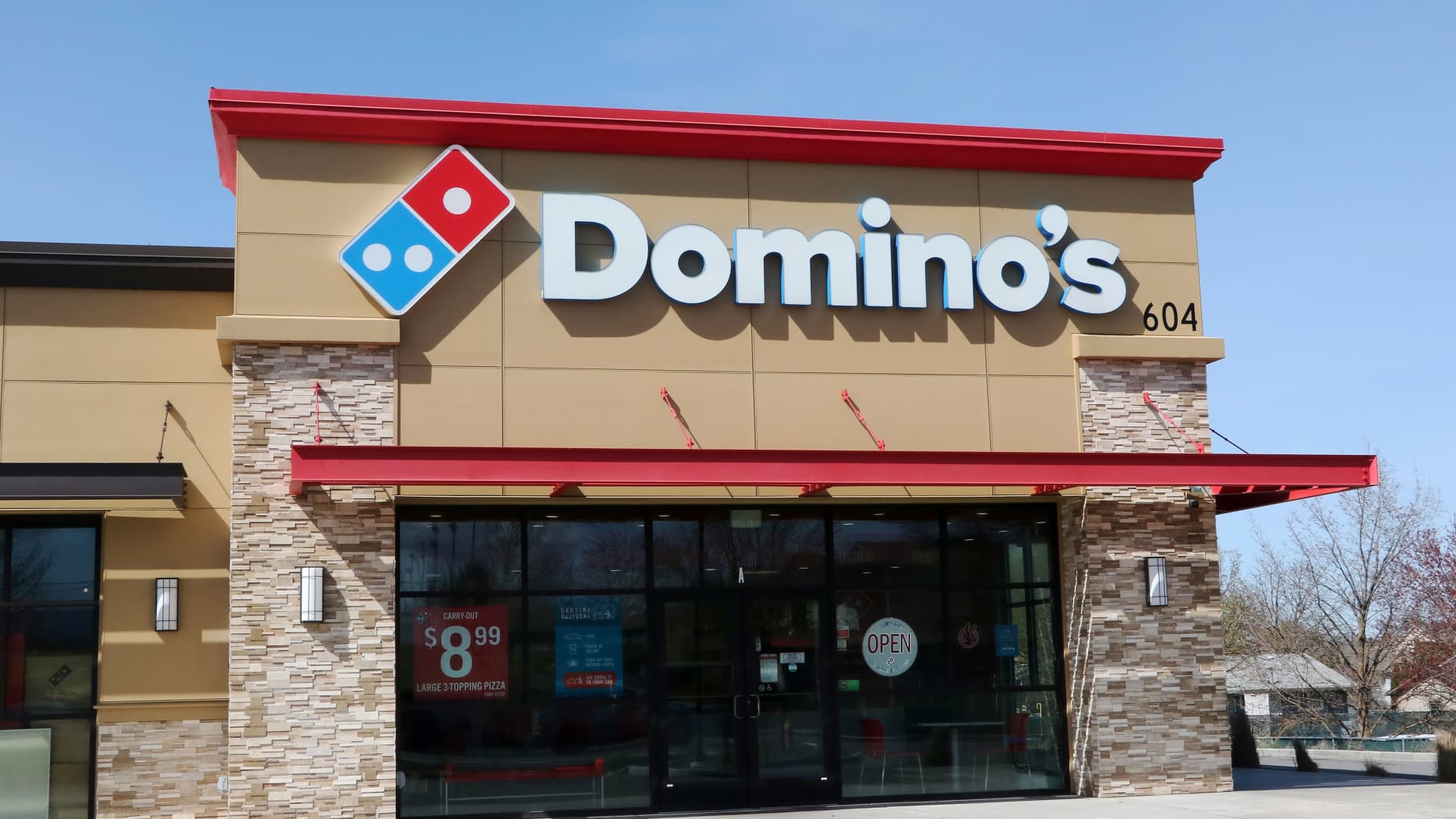The Art of the Pivot: How Domino’s Reinvented Itself and Conquered the Pizza Kingdom
A Brand in Crisis: The Turning Point
In the late 2000s, Domino’s Pizza was a brand in crisis. The company’s reputation had plummeted, and its pizza was widely criticized for its bland taste and poor quality. The once-iconic brand was losing market share and struggling to stay relevant in an increasingly competitive industry. The turning point came when Domino’s decided to confront its problems head-on. In a bold marketing campaign, the company aired commercials featuring customers reading aloud brutally honest feedback about the pizza. This wasn’t just an apology; it was a promise to do better.
The Reinvention: A Commitment to Quality
Domino’s went back to the drawing board, completely revamping its pizza recipe. They tested new ingredients, experimented with different crusts, and listened intently to customer feedback. The result was a pizza that was significantly better in terms of taste and quality. This wasn’t just a product improvement; it was a fundamental shift in the company’s culture. Domino’s embraced transparency, actively sought feedback, and committed to continuous improvement. This willingness to listen and adapt proved to be a game-changer.
The Digital Revolution: Embracing Technology
While improving its core product was crucial, Domino’s also recognized the importance of technology in the modern food industry. They invested heavily in building a robust digital infrastructure, making it easier than ever for customers to order pizza online and through mobile apps. Domino’s was one of the first pizza chains to embrace online ordering, and they have continued to innovate in this area. They introduced features like pizza trackers, which allowed customers to follow their order’s progress from preparation to delivery. They also made it possible to order via text message, Twitter, and even smartwatches.
The Franchise Model: A Win-Win Strategy
Domino’s success is also due in part to its franchise model. With approximately 98% of its stores being franchised, Domino’s benefits from a network of motivated and invested owner-operators. Franchisees are responsible for managing their local stores and ensuring customer satisfaction, while Domino’s provides them with the brand recognition, training, and support they need to succeed. This model is a win-win for both Domino’s and its franchisees. Domino’s benefits from rapid expansion without having to invest heavily in capital expenditures. Franchisees, in turn, have the opportunity to own and operate their own business with the backing of a well-established brand.
The Value Proposition: Appealing to the Masses
In recent years, Domino’s has focused on offering value to its customers, particularly those in lower-income brackets. The company has introduced a variety of promotions and deals designed to make its pizza more affordable. This strategy has proven to be successful, as Domino’s has been able to increase its market share by attracting budget-conscious consumers. While some analysts have expressed concerns about the impact of these promotions on Domino’s profit margins, the company believes that it is important to offer value in order to remain competitive.
Navigating the Competitive Landscape
The pizza industry is highly competitive, with numerous national and regional chains vying for market share. Domino’s faces competition from established players like Pizza Hut and Papa John’s, as well as from a growing number of independent pizzerias. To stay ahead of the curve, Domino’s must continue to innovate and adapt to changing consumer preferences. This includes investing in new technologies, developing new menu items, and finding new ways to offer value to its customers. Domino’s is also focused on expanding its presence in international markets. The company currently has stores in over 90 countries, and it sees significant growth potential in emerging markets.
Challenges and Opportunities: The Road Ahead
Despite its success, Domino’s faces a number of challenges. One of the biggest challenges is the rising cost of labor and ingredients. These costs can put pressure on Domino’s profit margins and make it more difficult to offer competitive prices. Another challenge is the increasing popularity of third-party delivery services. While Domino’s has resisted using these services, some consumers prefer the convenience of ordering from a variety of restaurants through a single app. Domino’s needs to find a way to compete with these services without sacrificing its own delivery infrastructure.
Despite these challenges, Domino’s also has a number of opportunities. The company can continue to expand its presence in international markets, develop new menu items that appeal to a wider range of customers, and leverage technology to improve the customer experience. Domino’s success with digital ordering and customer data provides a strong foundation for future growth. By analyzing customer data, Domino’s can personalize its marketing efforts, optimize its menu offerings, and improve its overall operations.
The Recipe for Success: More Than Just Pizza
Domino’s journey from pizza pariah to market leader is a testament to the power of innovation, adaptation, and a relentless focus on the customer. By acknowledging its shortcomings, revamping its product, embracing technology, and offering value, Domino’s has been able to reinvent itself and conquer the pizza kingdom. Domino’s story is a reminder that even the most established brands can benefit from a willingness to challenge the status quo and embrace change. It’s a story of how a company, once on the brink of irrelevance, can rise to become a global powerhouse by listening to its customers, investing in its people, and never losing sight of its core values. The brand’s success extends beyond just making pizzas; it lies in understanding and catering to the evolving needs of its customers, a strategy that continues to fuel its dominance in the competitive fast-food landscape.





